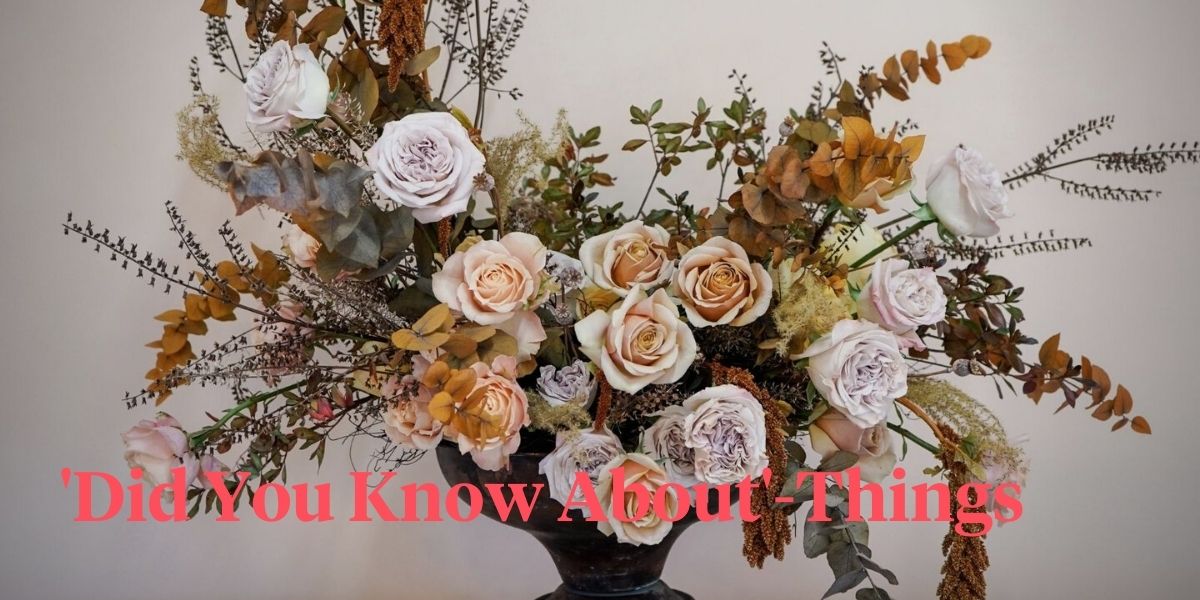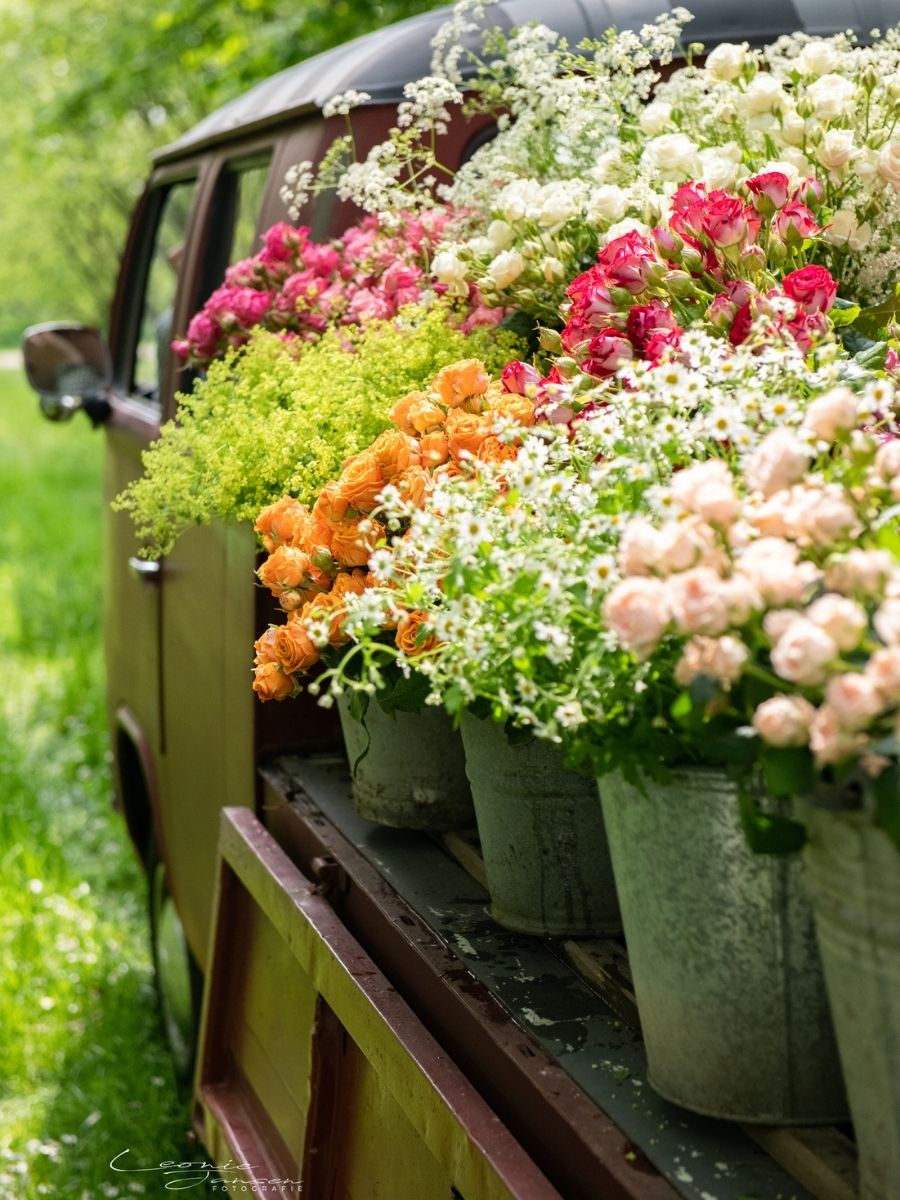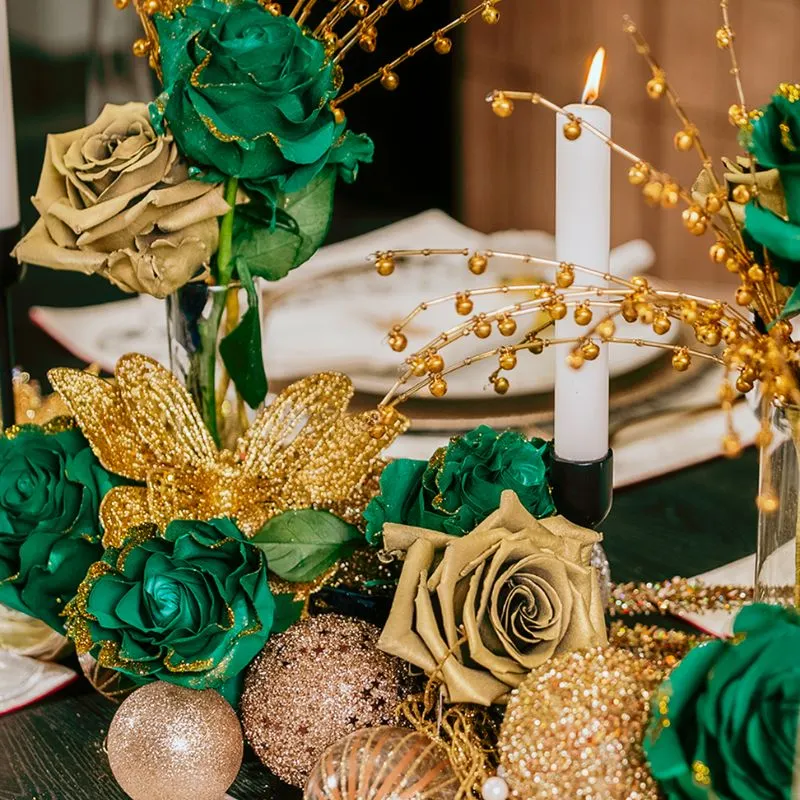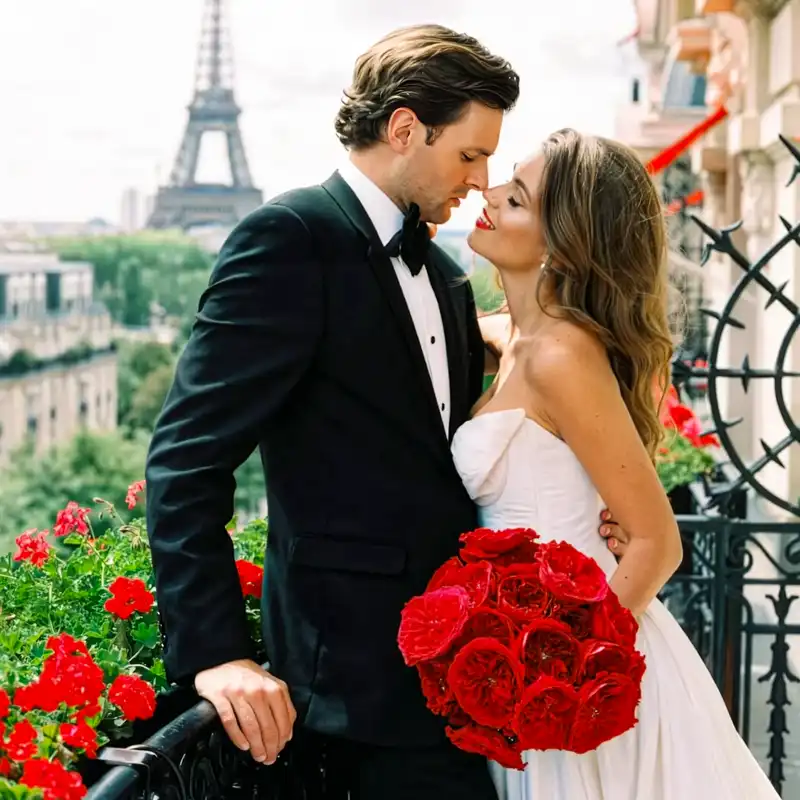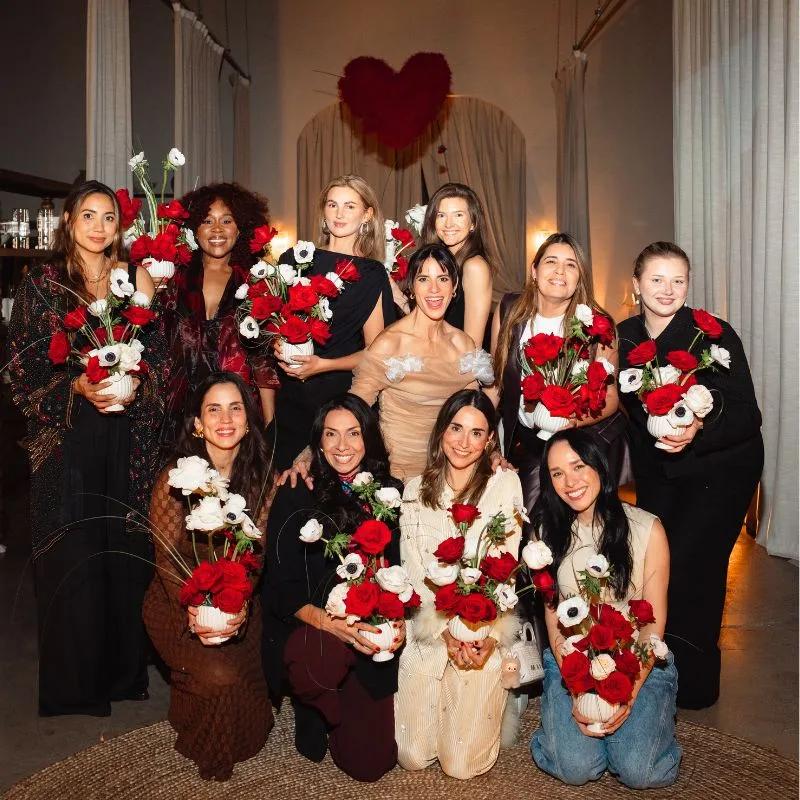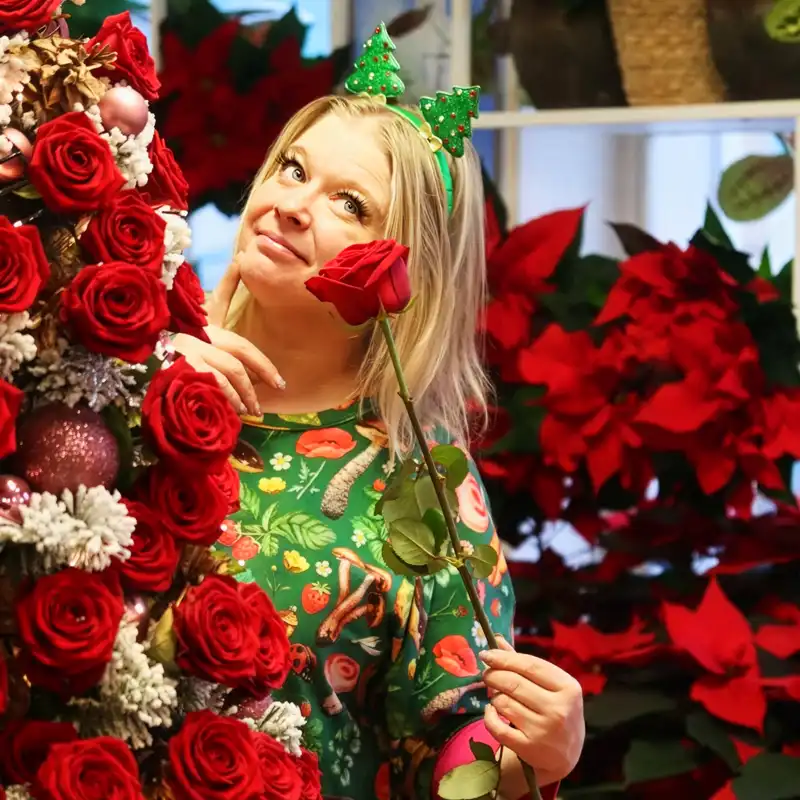Roses are definitely the most loved flowers in the world. And with good reason: they come in a stunning array of shapes, sizes, and shades, making them favorites in yards and gardens around the world. But also as cut flowers they have so many qualities. We make a som of the facts why you will probably fall in love all over again with these astonishing beauties.
1. Did You Know There's a Rose Bush From 1,000 Years Old?
The oldest living rose is 1,000 years old. It grows on the wall of the Cathedral of Hildesheim in Germany and its presence is documented since A.D. 815. According to the legend, the rosebush symbolizes the prosperity of the city of Hildesheim. As long as it flourishes, Hildesheim will be ok. In 1945 allied bombers destroyed the cathedral, yet the rosebush survived. Its roots remained intact, and soon the bush was growing strong again.
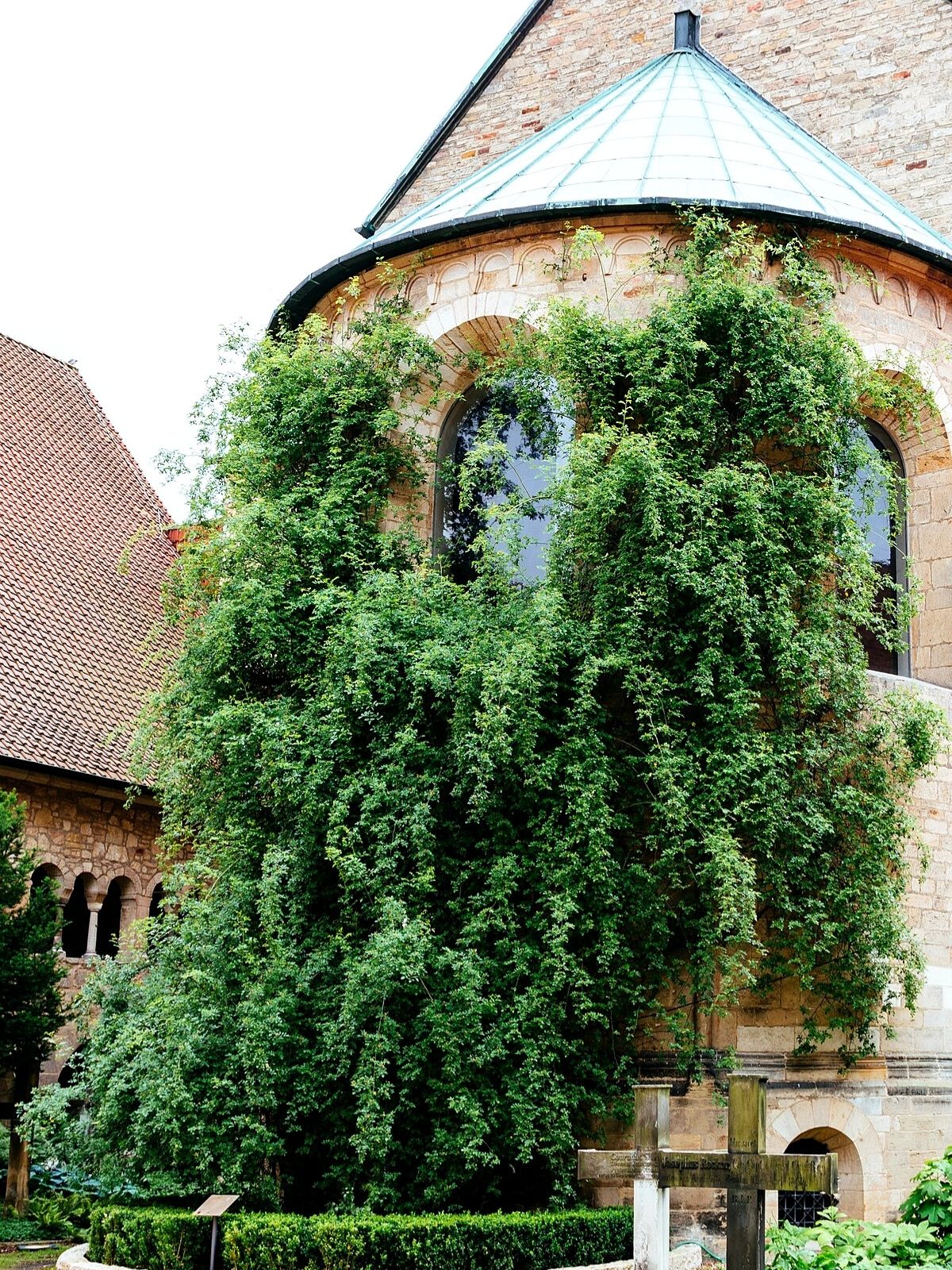
2. Roses Can Be Edible
While it is true that most people add roses to the garden for their looks alone, roses have a long history of being used as food and medicine. Roses are classified as “herbs”. And they are recognized as useful plants. Their petals are edible and rose water (made from soaking the petals in water) is often added to jellies or jams or used as an added flavor in Indian and Chinese dishes. In the industry there are also growers, growing these special small roses to use for food dishes.
Keep in mind, if you are using roses as food, they should be chemical-free. Don’t use roses that have been sprayed with pesticides or any other chemicals. Growing your own roses is the best way to ensure that you have good roses for your medicine cabinet, table, or any other use.
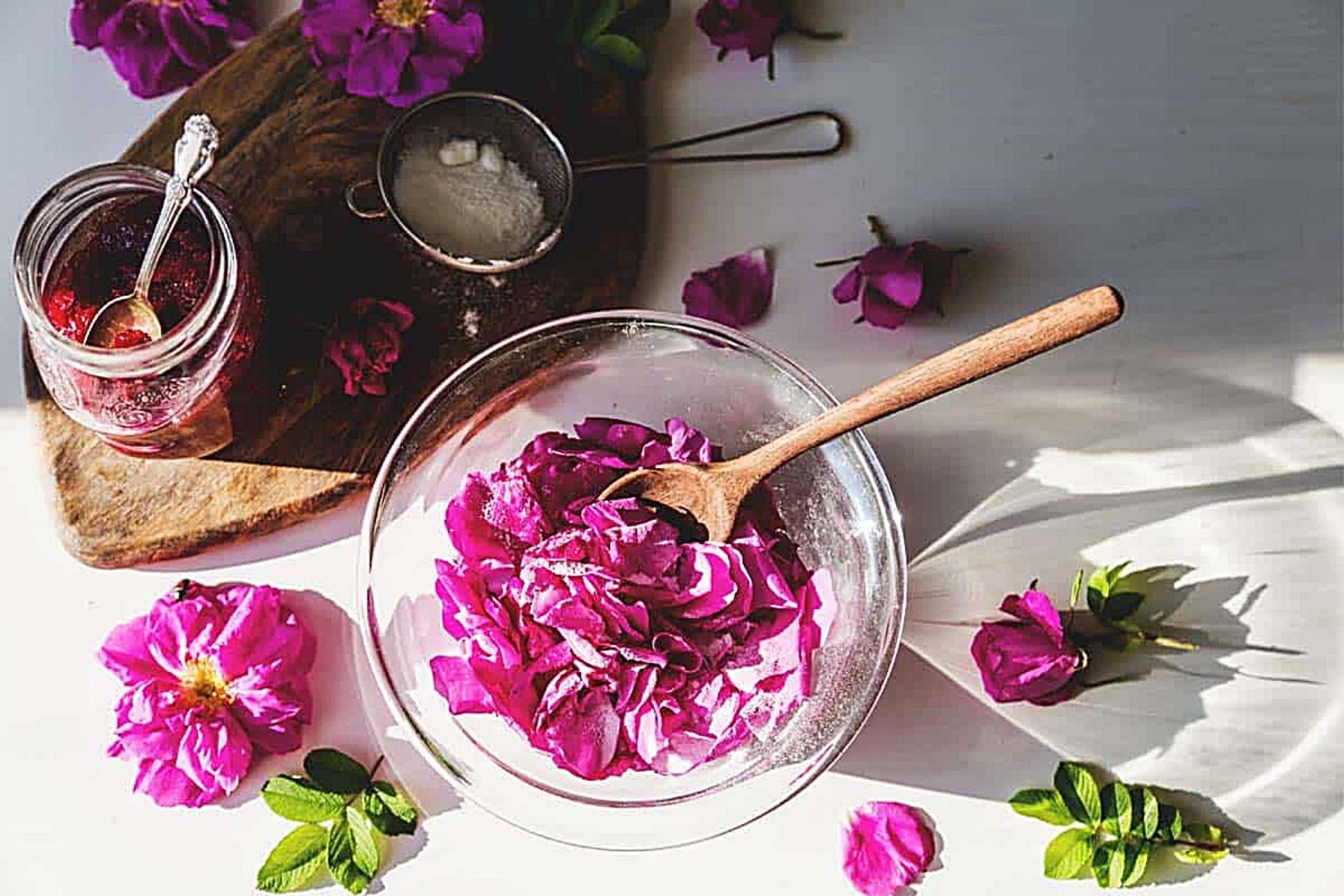
3. Some Rosehips Are Full of Vitamin C
Roses also grow a berry-shaped fruit commonly referred to as ‘rose hips’. The fruit can be orange, red, dark purple, or even black. Rose hips are packed with vitamin C and can be dried to create a refreshing tea. This is why rosehips are sometimes used to create jam, jelly & marmalade. The hip also has minor medicinal uses, is used in food supplements, and can be pressed or filtered to make rose hip syrup.
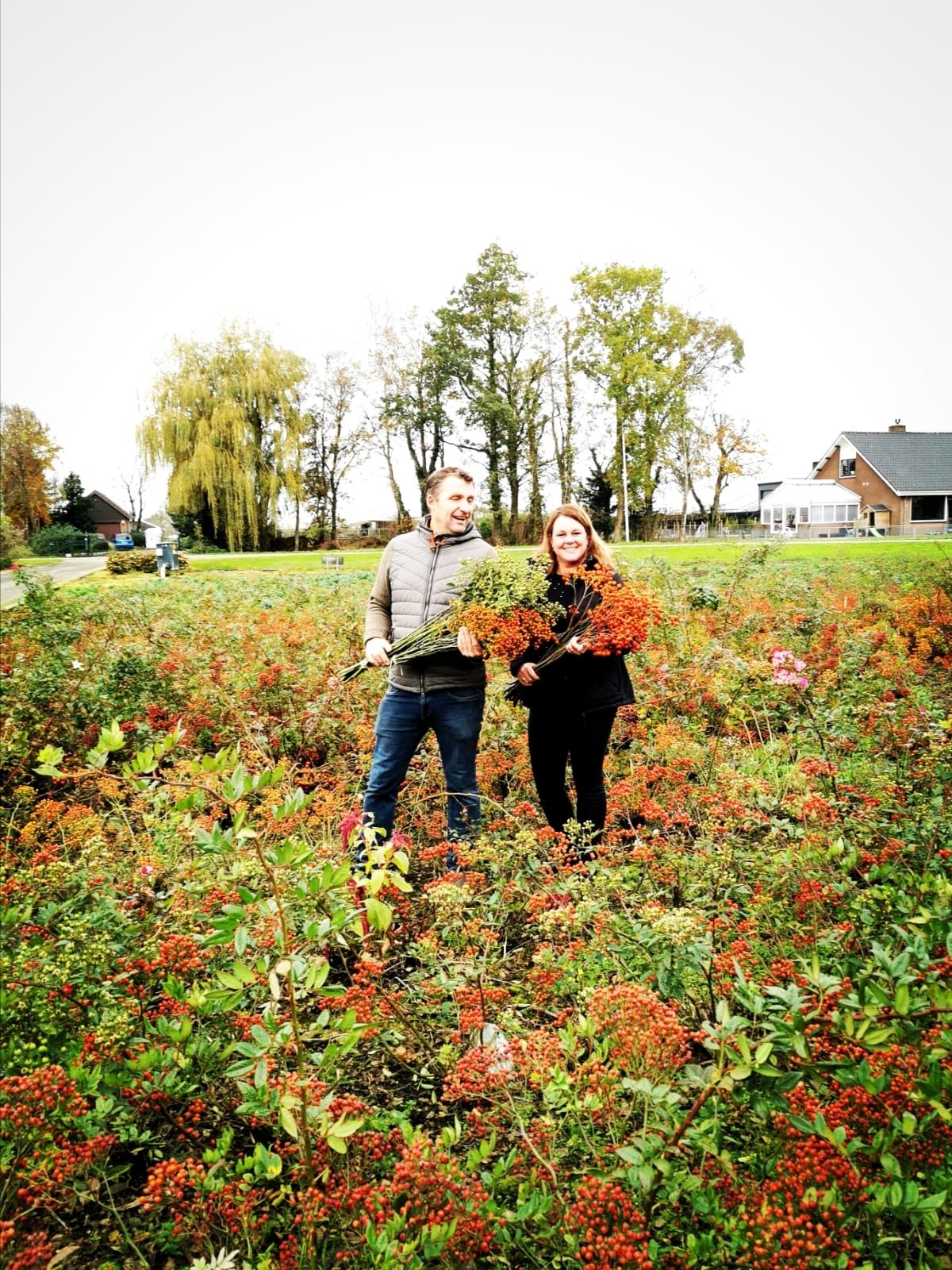
Inge Quint in the Rosehips Field from De Ruiter
4. Their Fragrance is Used to Make Perfumes
We all know the saying: Stop and smell the roses. Well, roses weren’t chosen for this phrase by chance; their lovely aroma is a popular floral scent and is even used in many perfumes. Specifically, rose oil has been an important ingredient in the perfume industry for centuries. The process of extracting rose oil from flowers requires a huge amount of roses; just one gram of oil is produced from two thousand roses. The rose scent comes from microscopic perfume glands on the petals.
I was astonished to learn that the Rose Valley in Bulgaria produces 85% of the world’s rose oil.
The rose scent is one of the flower’s most treasured characteristics. Greeks and Romans made perfume from roses, and to this day, their scent is an important element in many of the world’s best and most successful perfume blends. Centifolia and damask roses are the most common choices used to make perfume. The petals are gathered at night as they are at their most fragrant just before sunrise. The essential oils are extracted and used to mix other ingredients in order to make perfume.
Rosewater is a by-product of the process that makes rose oil. Rosewater is used in perfumes and also in cosmetics, as a flavoring, and in medicines. It is also used in Middle Eastern cuisine, also referred to as ‘rose syrup’, the French use it as a flavoring. The rose-flavored liquid is added to desserts, meringue, marshmallows, and drinks for a distinctive taste.

5. Roses Are One of the Oldest Flowers
Archaeologists have discovered rose fossils that date back as far as 35 million years. According to the Guinness Book of World Records, roses are the oldest species of plant to be grown as decoration. The rose (genus Rosa, family Rosaceae) is the oldest species of plant cultivated and used for decorative purposes. Documents dated to 50 AD suggest that ancient Romans grew the flowers in vast plantations and local greenhouses to ensure a year-round supply of medicinal extracts, cooking ingredients, and ornamentation. Ancient Romans used roses to decorate buildings, furniture, and people, whilst petals were laid to create rose carpets and walkways.
There is evidence dating back 5,000 years, the Chinese and Japanese created rose gardens, although it is not known if these were for ornamental reasons. Similarly, Theophrastus (382-287 BC) wrote about the cultivation of roses in ancient Greece.
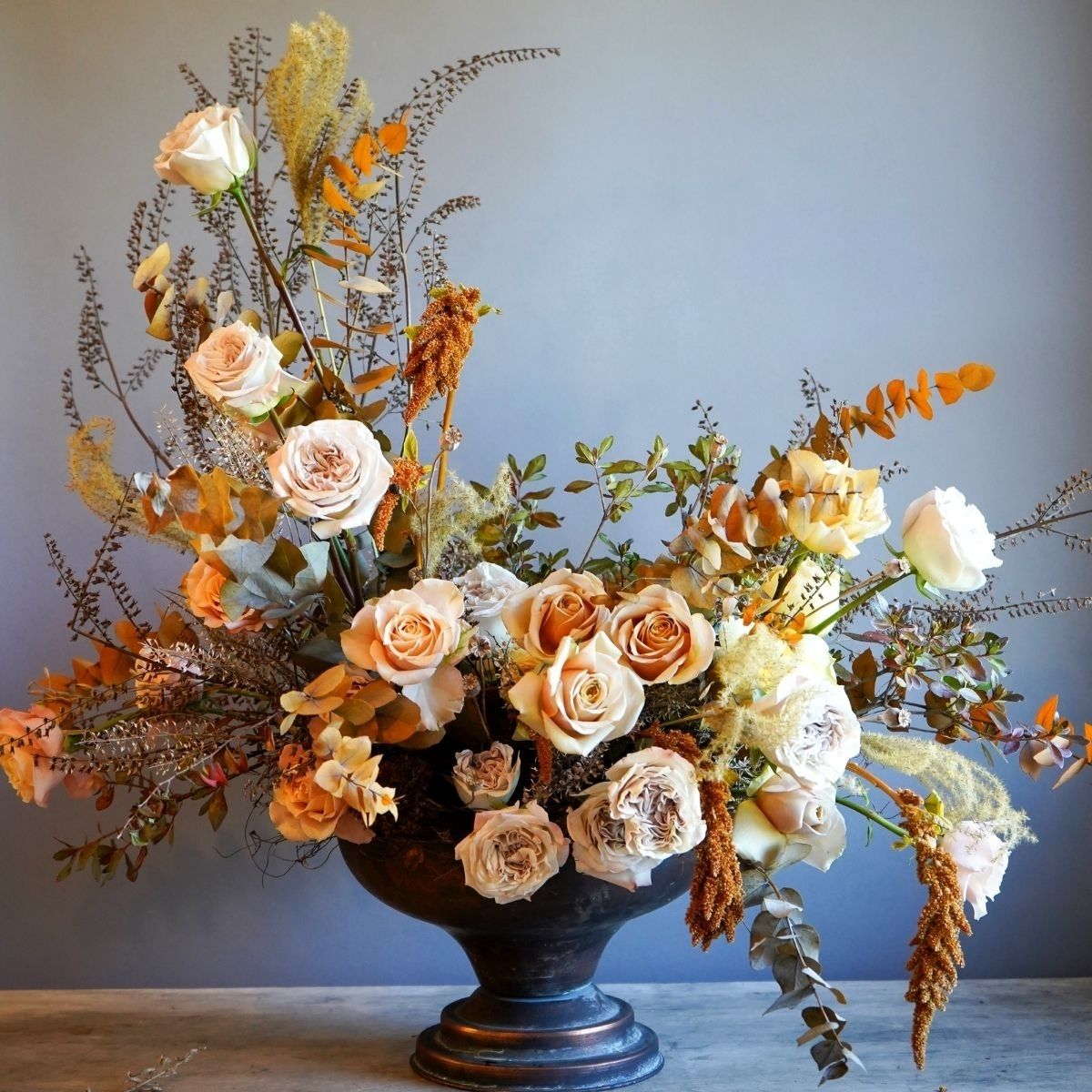
Design Holly Chapple
6. Each Rose Color Has a Different Meaning
Everyone knows that roses have long been a symbol of love, but the color choice also plays a role in what a rose symbolizes. Also, it is important to emphasize that meanings can vary in different cultures.
You can find a story about those meanings here: "Rose Color Meanings of 8 Different Roses!". Here are a few short details:
Red: Love & Romance
Pink: Admiration & Elegance
Yellow: Friendship & Sunshine
White: Purity & Innocence & Spirituality
Orange: Enthusiasm & Energy
7. Real Black or Blue Roses by Nature?
Sorry to disappoint, but there is no such thing as ‘black’ roses. What might sometimes be referred to as a black rose is actually a dark red rose.
Matthias Meilland explains a bit about the color black in roses
"The Rose Black Baccara is one of the darkest roses in the world, cutting it from the plant it will stay black. But real black doesn't exist in roses. You miss the genes for real black. Look at the new variety Black Gold, the outer petals are darkened, almost black, which is something you normally do not want, but with this variety it works. It is part of the research. This also happened with the Black Baccara, looking for new red roses, this variety came by, and we knew it was going to be a huge succes."
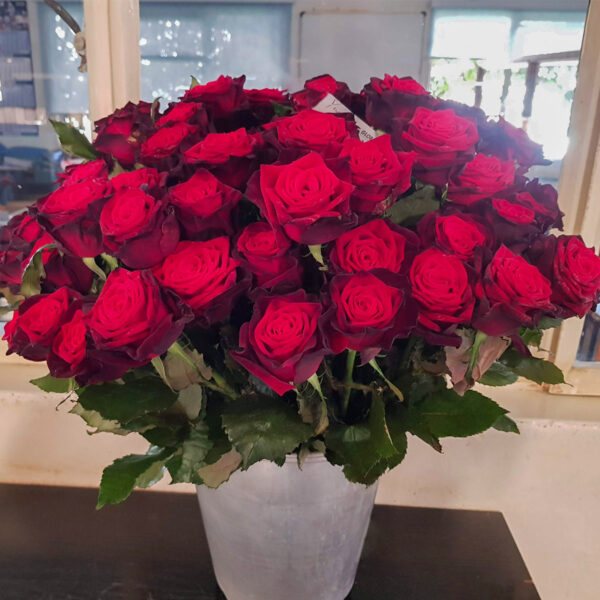
Rose Black Gold
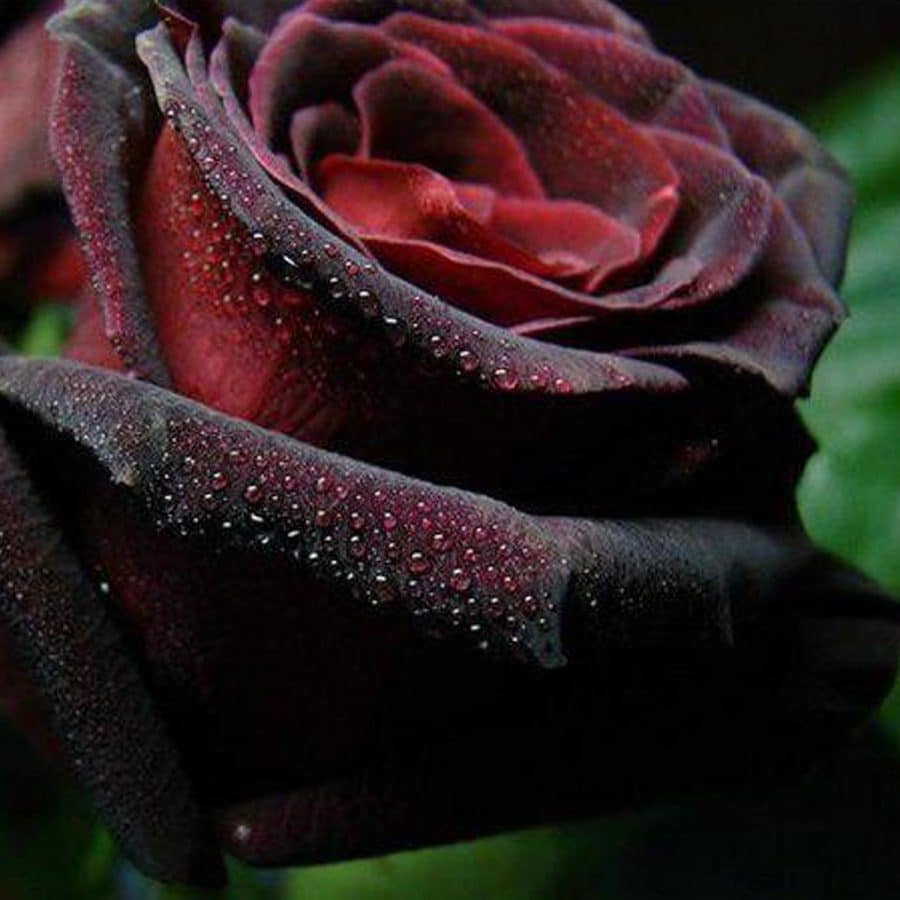
Rose Black Baccara
True-blue pigments don’t occur naturally in roses. There are lots of good purples among the old roses and hundreds of excellent mauves and lilacs were introduced in the 1950s and 1960s (think of Sterling Silver, Lavender Dream, and Lilac Charm) as the unexpected result of breeding for vigor. Rhapsody in Blue, a vigorous shrub with smoky-purple flowers, is one of the most popular of modern roses, but it’s not the sort of blue we’re looking for.
The truth is that the only way to get clear blues into our roses is by doing a bit of genetic modification in the lab. This is something that many people disapprove of, conveniently forgetting that the History of all plant-breeding is basically a history of genetic improvement. In 2004, researchers used genetic modification to create roses that contain the blue pigment delphinidin, but such roses still are better described as mauves and lilacs not blue.
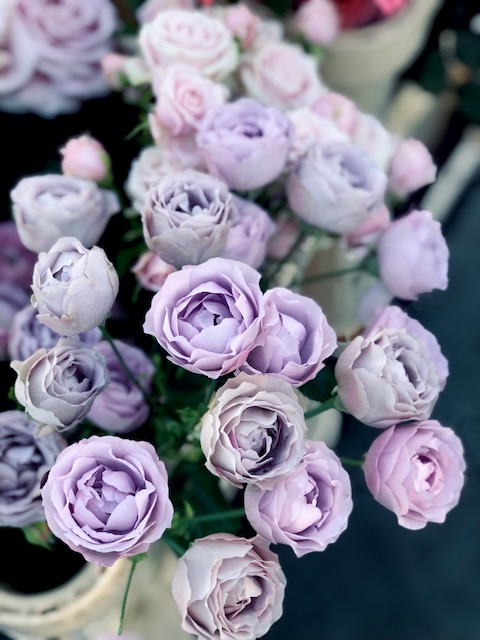
8. The Rose is the US National Flower
On November 20, 1986, President Ronald Reagan officially made the rose the national flower emblem of the United States. He did this while standing in the famous White House Rose Garden. Various varieties of roses are also the state flower of Georgia, Iowa, New York, North Dakota, and Washington, D.C.
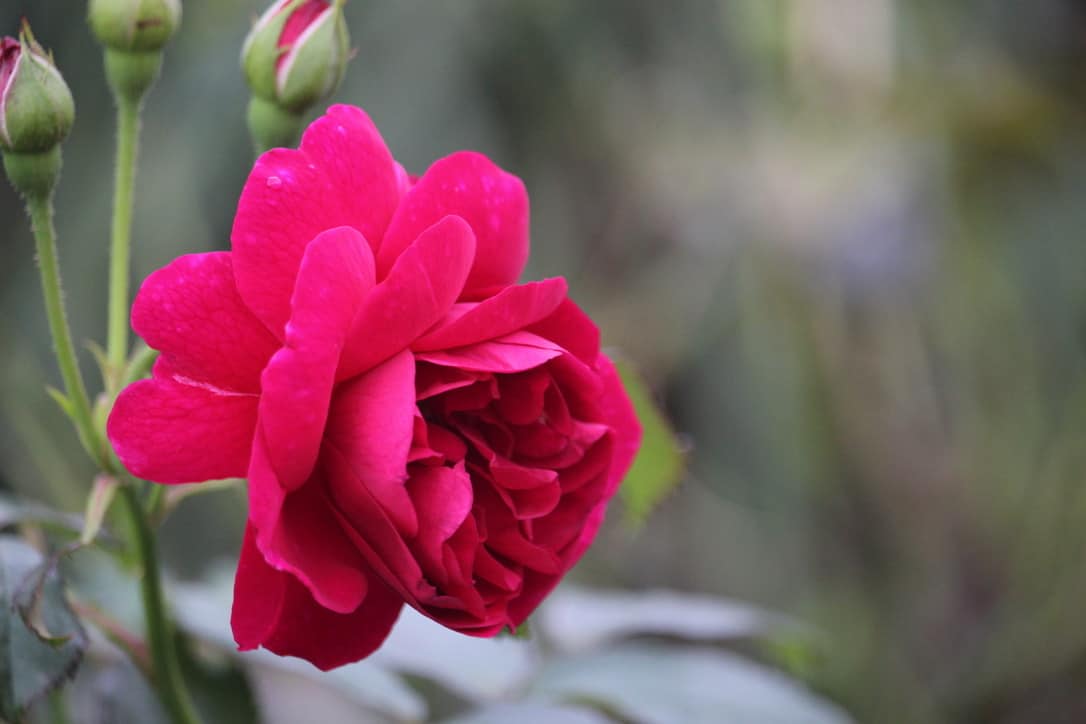
9. The Most Expensive Rose Sold for Millions of Dollars
Rose breeder David Austin spent $5 million to create the apricot-hued hybrid over the course of 15 years. Rose Juliet debuted in 2006 at the Chelsea Flower Show and took the floral world by storm not only for its blushing beauty but because it was the most expensive rose ever developed. The Juliet rose sold for $15.8 million in 2006, which also made it the world’s most expensive rose cultivar.
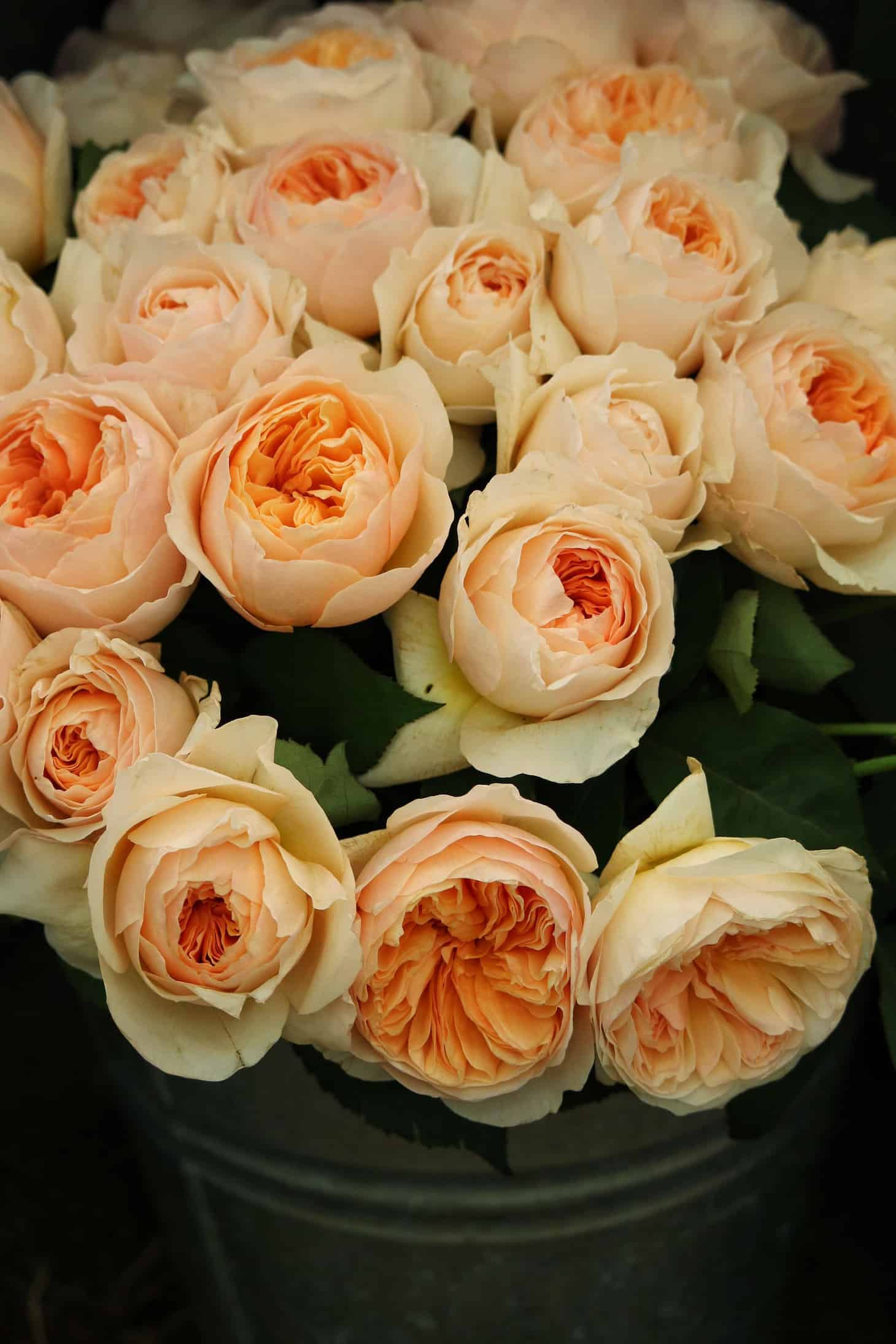
Rose Juliet
When it comes to roses, there’s more to them than meets the eye. Sure, roses are renowned for their beauty and symbolic meaning, but they’re also incredibly interesting flowers with a rich history.

